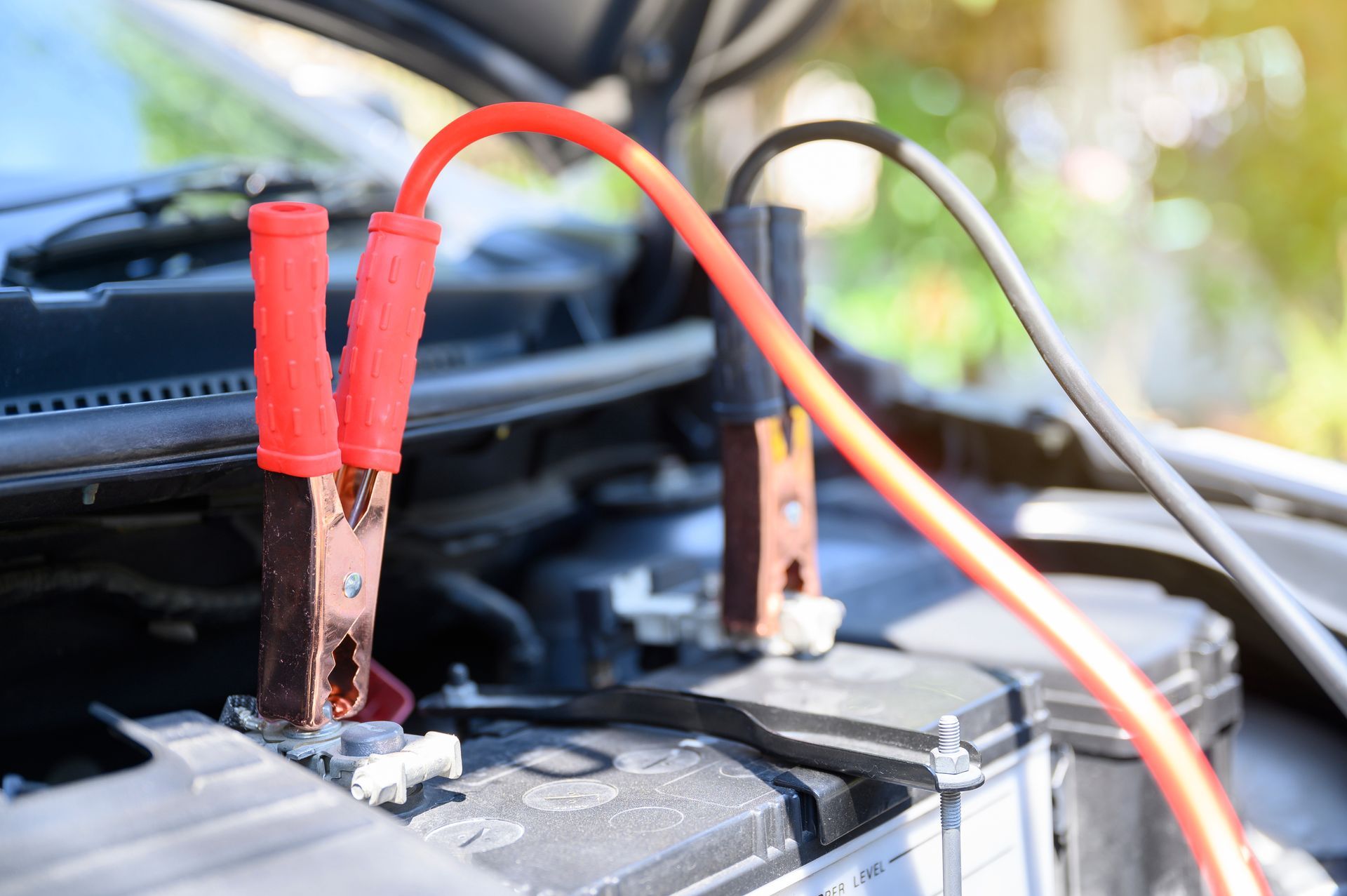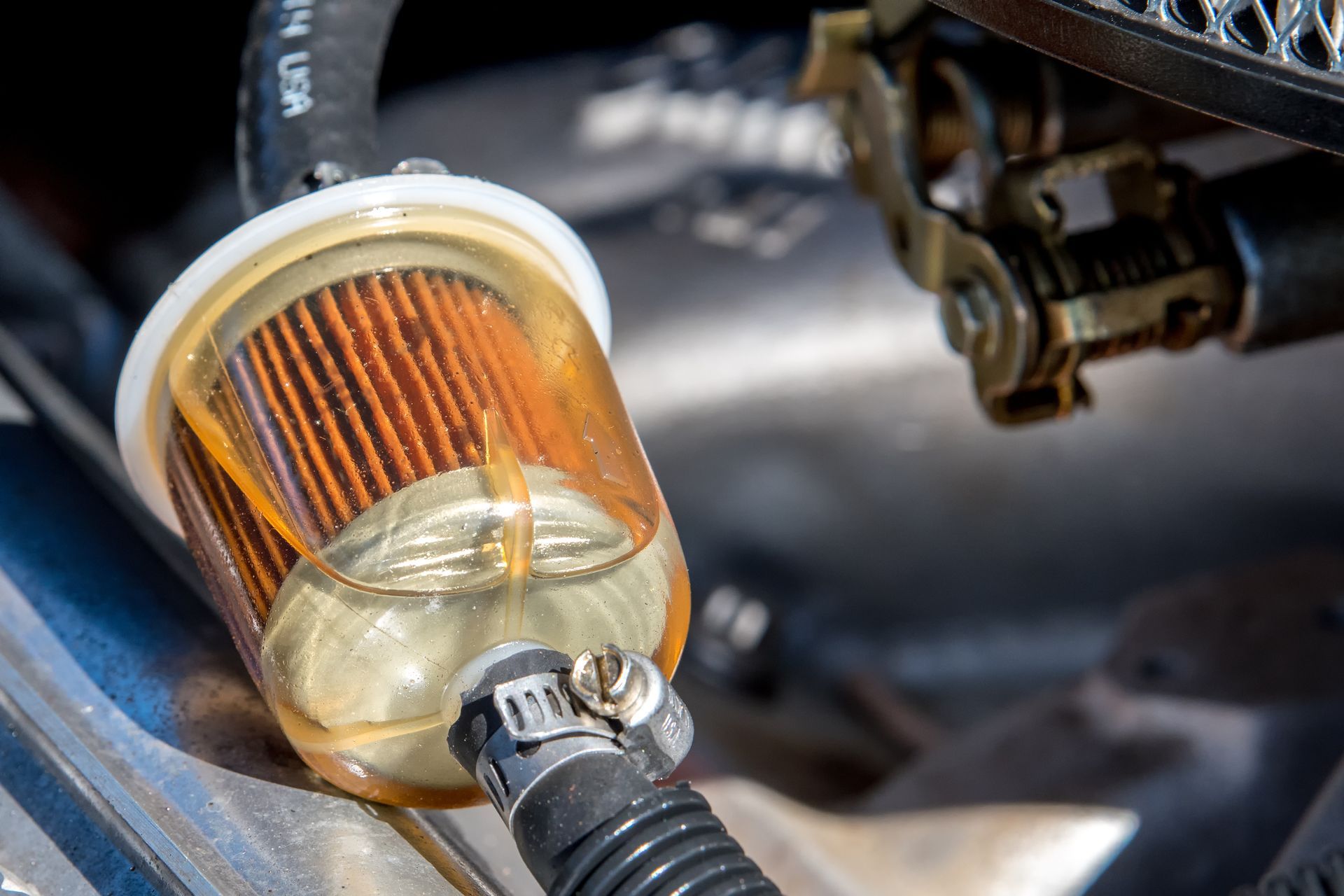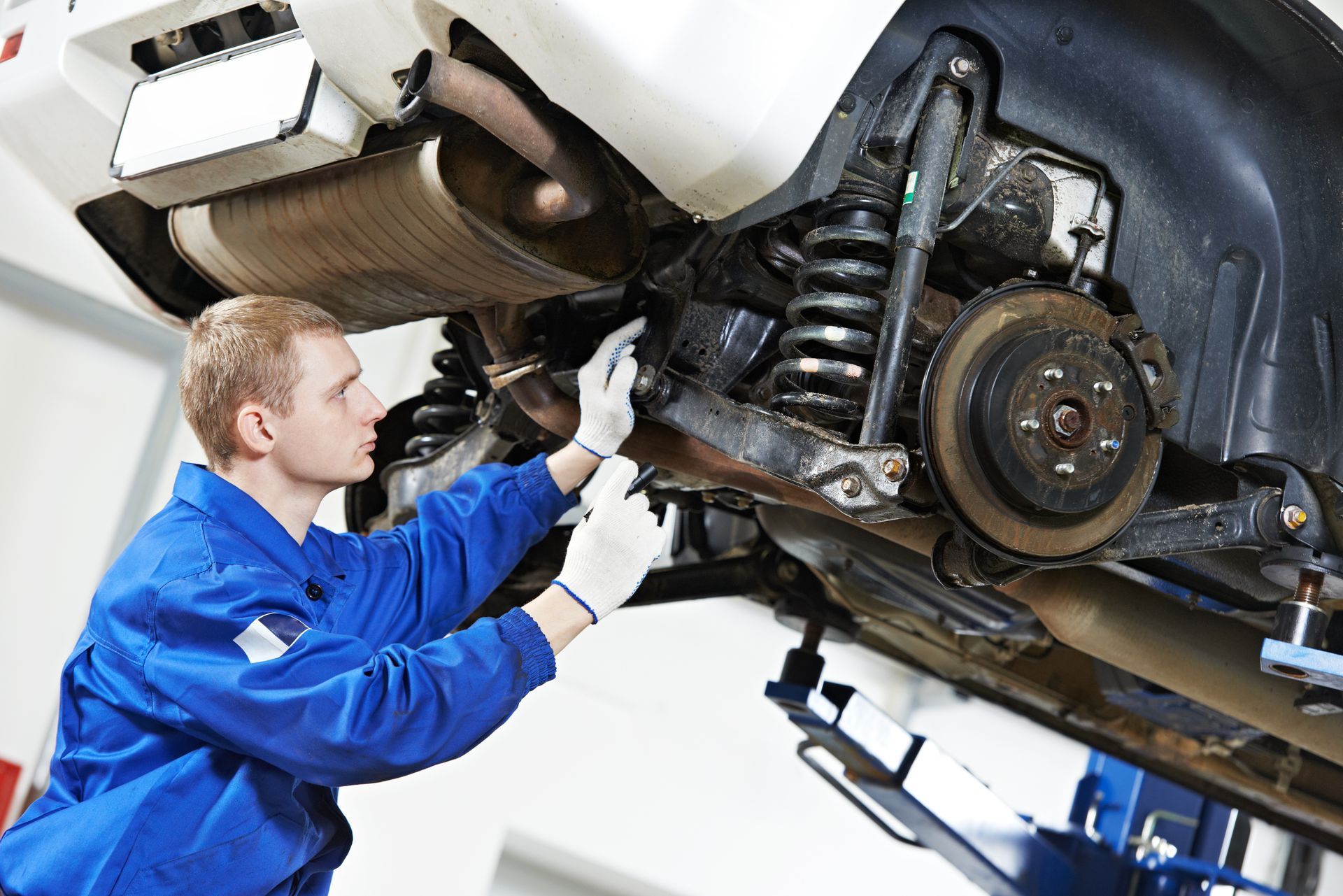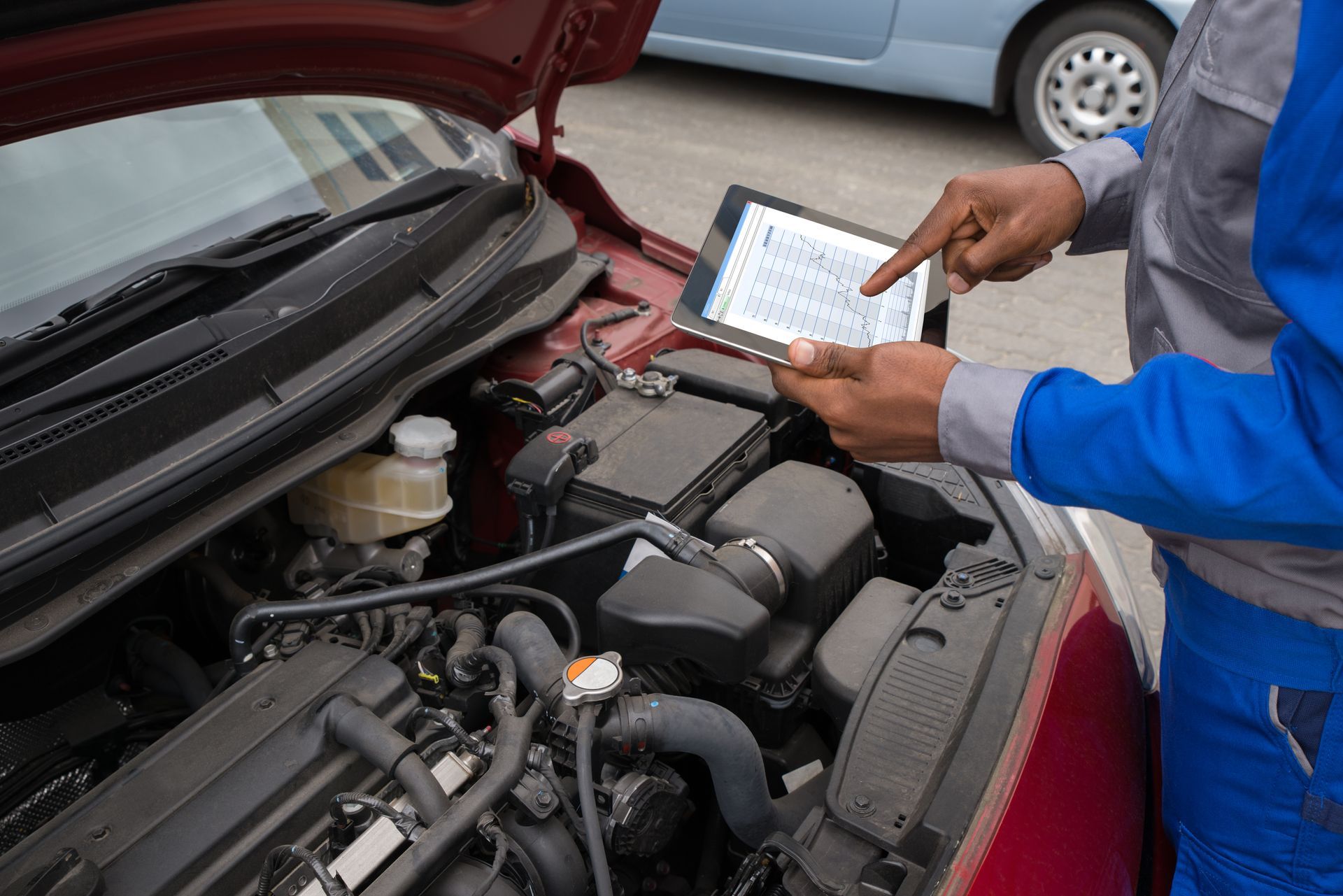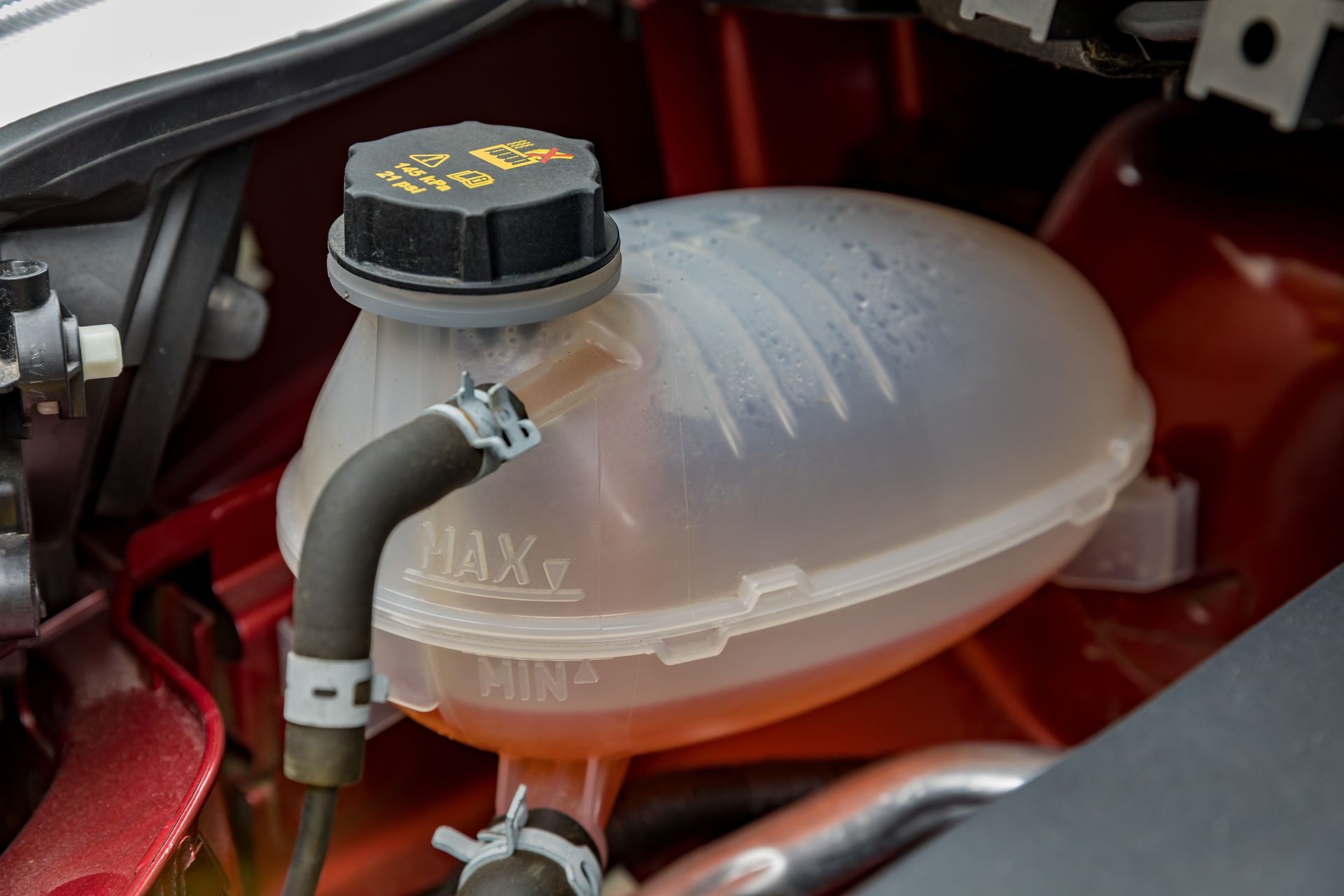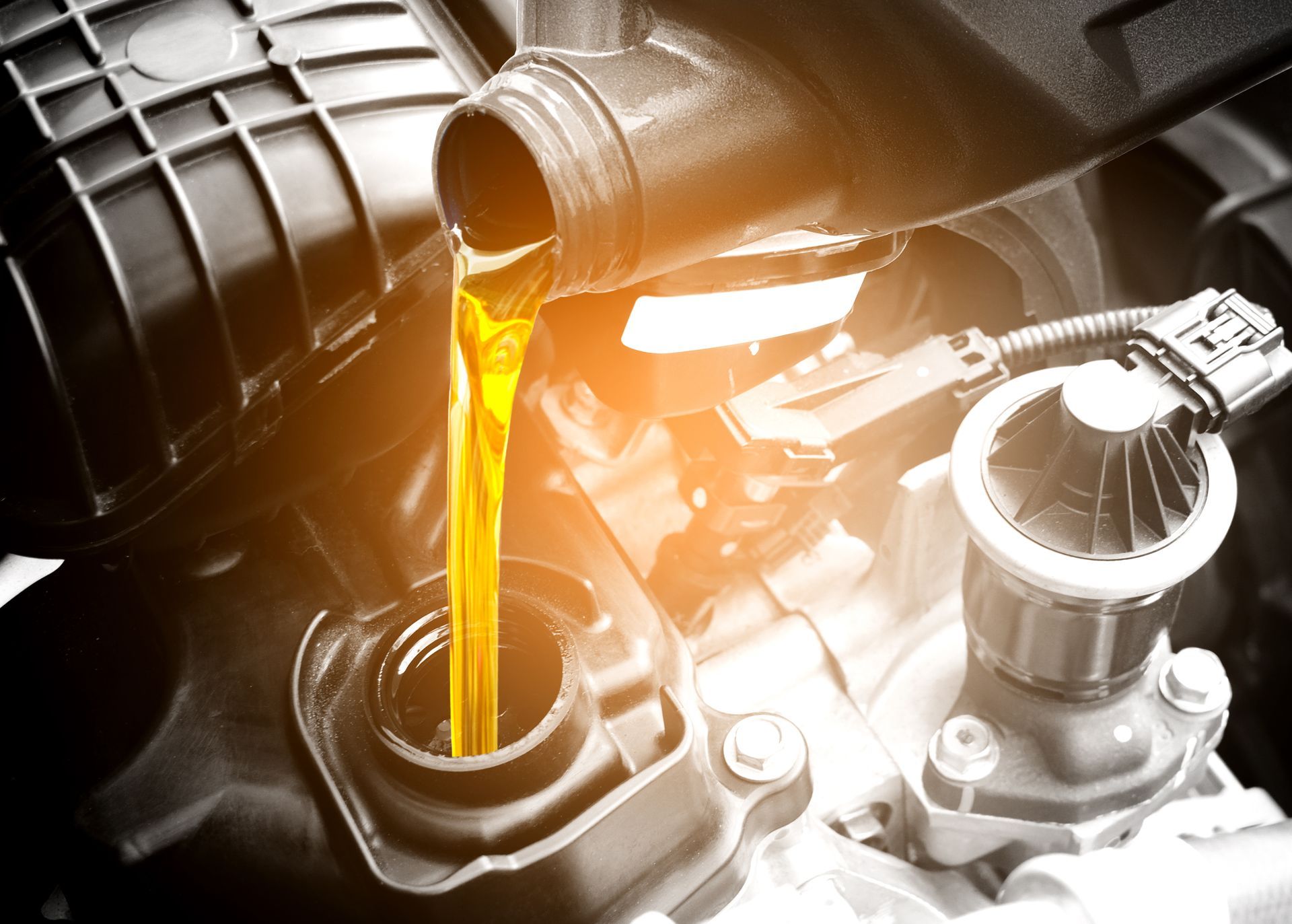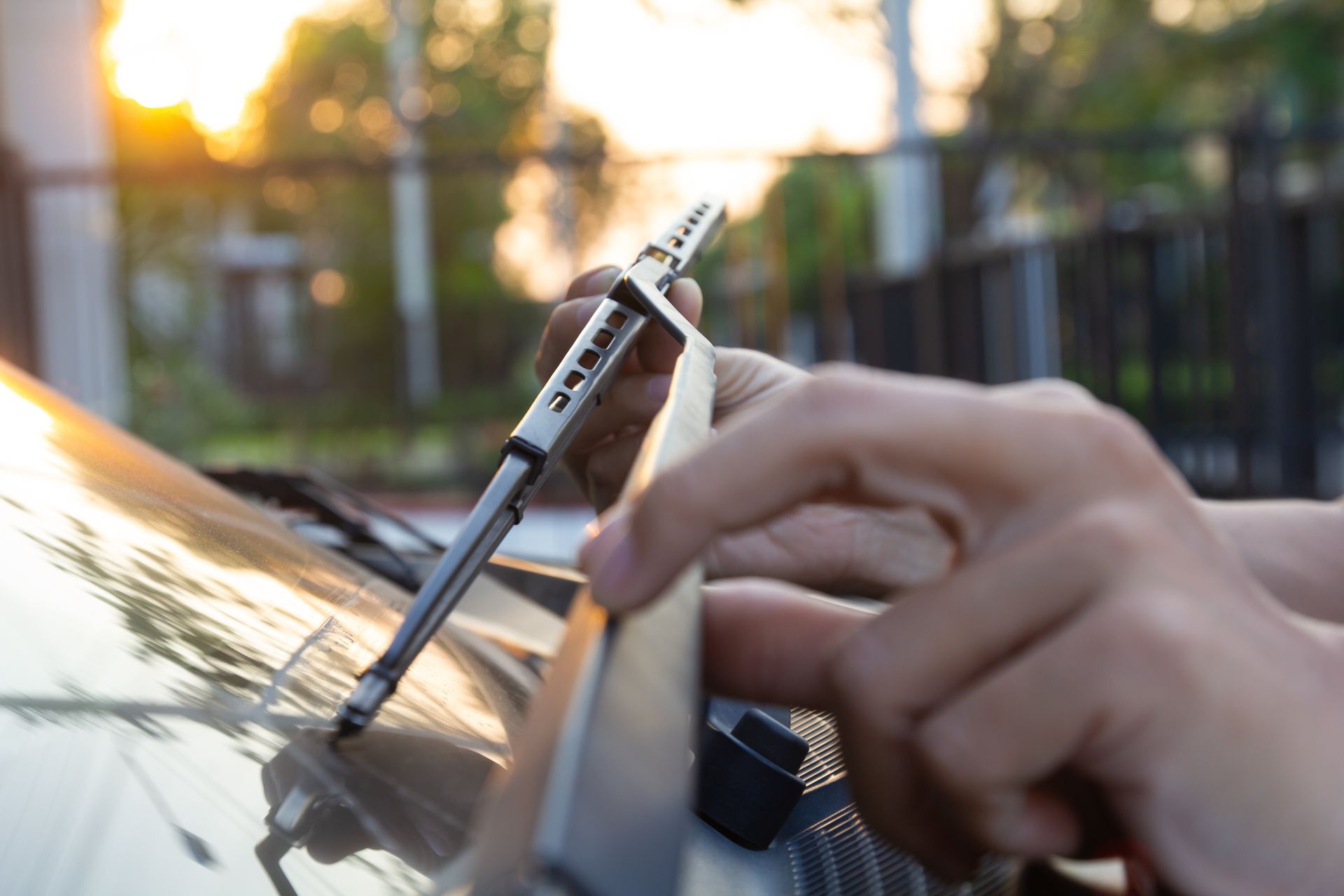Modern vehicles rely heavily on sensors to manage and adjust engine performance. One of the most important sensors is the oxygen (O2) sensor. While it may be small, a malfunctioning oxygen sensor can cause significant issues, including reduced engine power, poor fuel economy, and higher emissions. Understanding how this sensor works and what happens when it fails can help you catch problems early and keep your vehicle running its best.
What Does the Oxygen Sensor Do
The oxygen sensor measures the amount of oxygen in your car’s exhaust gases. By providing this data to the engine control unit (ECU), it helps adjust the air-fuel mixture to maintain optimal combustion.
A proper air-fuel ratio is crucial for maximizing power, improving fuel efficiency, and reducing emissions. Most modern cars have multiple O2 sensors — typically one or more before the catalytic converter and one or more after it.
How a Faulty O2 Sensor Affects Engine Performance
When an oxygen sensor starts to fail, it can no longer accurately read the exhaust gases. As a result, the ECU may receive incorrect information and adjust the air-fuel mixture improperly.
If the mixture becomes too rich (with too much fuel and not enough air), it can lead to sluggish performance, engine hesitation, and a noticeable loss of power. Conversely, if the mixture is too lean (with too much air and not enough fuel), it can cause rough idling, misfires, and potential engine damage.
Other Symptoms of a Failing Oxygen Sensor
A faulty O2 sensor can create several noticeable symptoms beyond reduced power:
- Check engine light: One of the most common indicators. The ECU will often store a trouble code related to the O2 sensor when it detects abnormal readings.
- Poor fuel economy: Because the engine can't adjust the mixture accurately, fuel consumption typically increases.
- Failed emissions tests: Improper air-fuel ratios can lead to higher emissions and failure during a state inspection.
- Rough idling or stalling: When the engine doesn’t receive the correct fuel mixture, it may struggle to maintain a steady idle.
What Causes Oxygen Sensors to Fail
Oxygen sensors operate in harsh conditions, exposed to extreme heat and exhaust gases. Over time, they can become contaminated by fuel additives, oil leaks, or coolant leaks entering the combustion chamber.
Exposure to these substances coats the sensor, preventing it from reading oxygen levels accurately. Additionally, high mileage naturally wears out these sensors.
Can You Drive with a Faulty Oxygen Sensor
Technically, you can drive with a faulty O2 sensor for a while, but it’s not recommended. Driving under these conditions reduces fuel efficiency, increases emissions, and can put extra strain on the catalytic converter, potentially leading to costly repairs.
Diagnosing and Replacing a Faulty Sensor
When the check engine light comes on, a professional diagnostic scan can determine whether an O2 sensor is the cause. Technicians will review the stored trouble codes and inspect the sensor's readings to confirm the problem.
If replacement is necessary, it’s important to use high-quality, vehicle-specific sensors. Installing an incorrect or cheap sensor can cause more issues and may not resolve the original problem.
Preventing Sensor Problems
While you can’t completely avoid sensor wear, you can reduce the risk by:
- Keeping up with regular maintenance, including timely oil and coolant changes.
- Addressing engine misfires and oil leaks quickly.
- Using quality fuel and avoiding excessive idling.
Proactive care helps sensors last longer and keeps your engine running smoothly.
Trust WNY One Stop Automotive in Tonawanda, NY
At WNY One Stop Automotive, with two convenient locations in Tonawanda, NY, we understand the crucial role oxygen sensors play in your vehicle’s performance and efficiency. Our expert technicians can quickly diagnose O2 sensor issues, recommend the right repairs, and ensure your engine runs at its best.
If you’ve noticed a drop in power, worse gas mileage, or your check engine light is on, don’t wait. Schedule an inspection with us today and restore your car’s performance and reliability.


